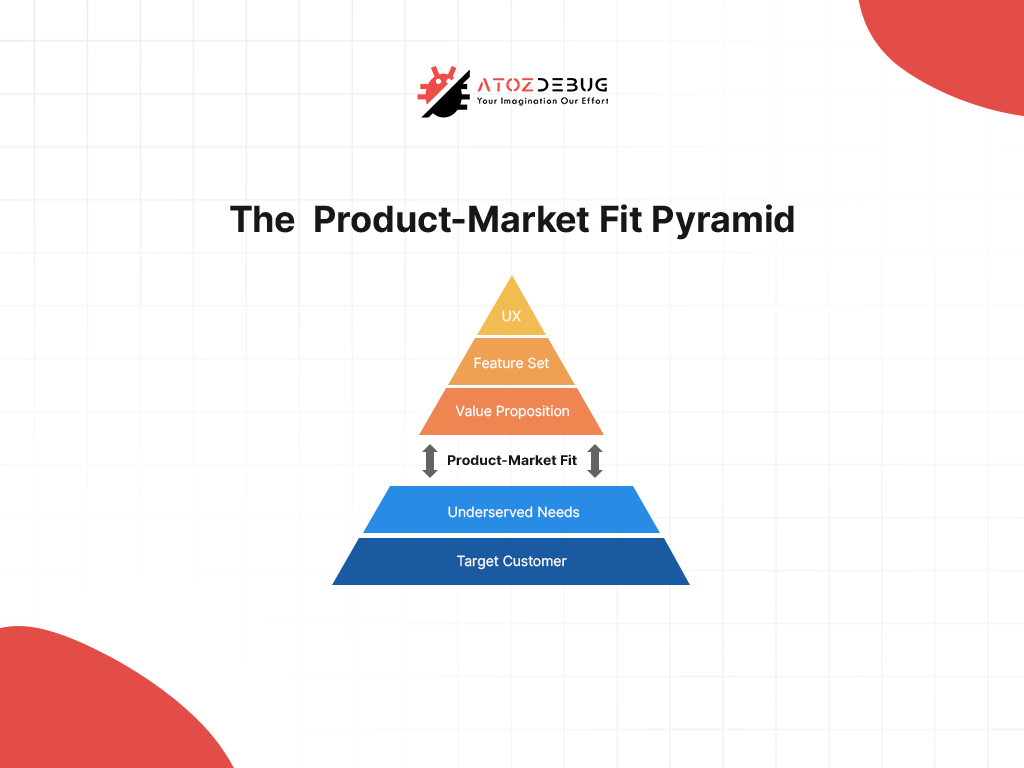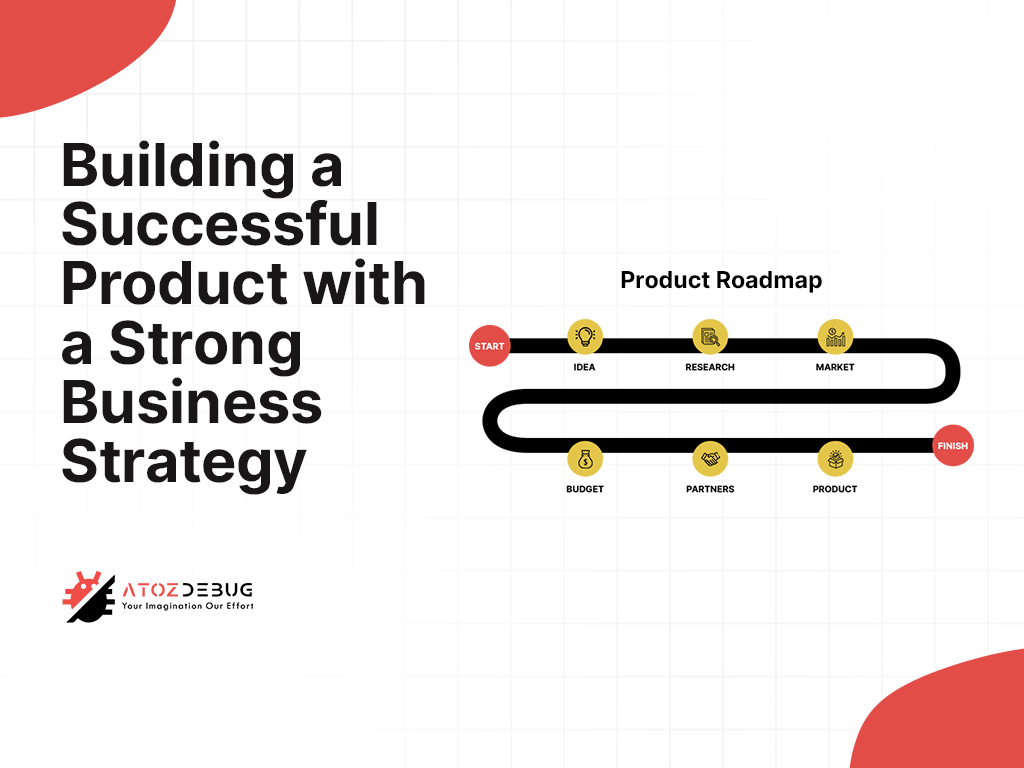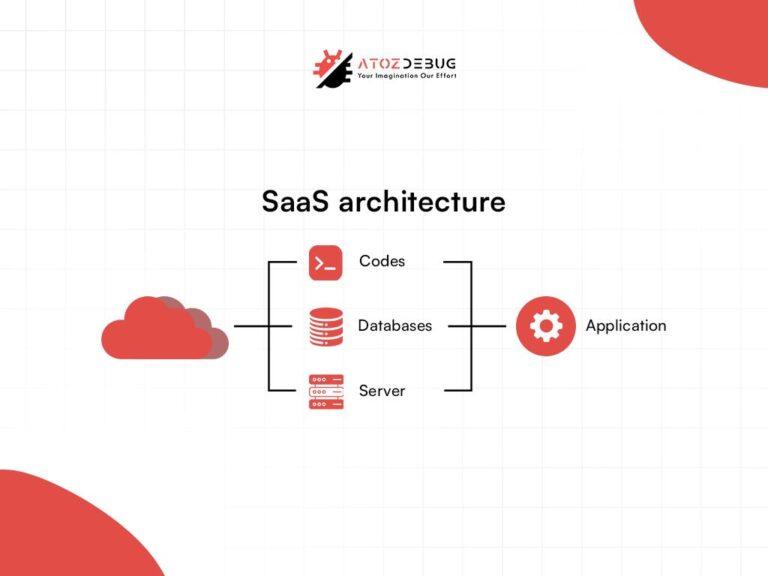Every successful story starts with a simple yet powerful idea, isn’t it?
But, having a great idea is just the beginning. The real challenge comes when transforming that idea into a successful product, especially one that connects with its intended audience. Everyone likes a product that can solve problems, fill a need, or offer something new.
This is where product validation comes into the picture.
Validating your idea helps make sure the product meets current market needs, solve user problems, and prevents expensive mistakes later on. Also, this allows businesses to make decisions based on research and data, not just any guesses.
No matter what you want to launch, a revolutionary app or create a new product, validation helps you understand demand, improve your idea, and build something that really works.
Keep reading as this guide will explore how a step-by-step approach to validation can turn your idea into a product that shines in any market environment.
The Secret to Product-Market Fit

What is Product-Market Fit?
Product-market fit happens when your product perfectly matches what the market needs or wants. When your product solves a genuine problem, customers will definitely appreciate it and continue using it.
For any startup, whether it is small or large, reaching product-market fits is a big milestone. It means your product has its own place in the market and solves something people care about. Once you achieve this, your business is ready for steady growth and loyal customers.
Why It’s Important?
As you know, marketing can help reach products to a larger audience. But, if your product doesn’t match what people need, no amount of marketing will make it successful in the long run.
However, if your products meet what people are literally looking for, it’s easier to build a strong brand and keep customers coming back. Companies with a good product-market fit usually see more repeat customers, higher sales, and bigger profits.
How to Achieve Product-Market Fit?
To achieve product-market fit, you can follow these steps:
1. Identify Market Demand: First, figure out what people are looking for. For that, you can use Google Trends. This tool can help you see trends in your industry and show you the problems your potential customers want to solve. Knowing these things will help you target a specific audience.
2. Engage Early Adopters: Early adopters are people who like to try new products and share honest feedback. They’re important because they tell you what’s good and what needs improvement, guiding you to make your product better.
3. Iterate Based on Feedback: After getting feedback, you should update your product to match what your users want. This continuous improvement makes sure that your product stay aligned with the market demand.
4. Measure Success: Keep track of key numbers like user retention and how many turn into customers. If people keep using your product and recommend it to others, it’s a sign you’ve got a good product-market fit. These numbers show if you’re moving in the right direction.
In short, by focusing on product-market fit, you can create a product your audience really values.
Crafting a Minimum Viable Product That Works
An MVP (Minimum Viable Product) is a smart way to develop a product by starting with a simple version to test if it works in the market. Big companies like Zappos, Dropbox, and Uber used this approach to succeed with limited resources. For example, Zappos founder Nick Swinmurn started by creating a basic website to sell shoes and fulfill orders manually. While it didn’t make money at first, it proved there was demand. This led to a billion-dollar company.
An MVP finds the right balance between being “minimum” and “viable”. It’s not just about creating a basic product but about solving a real problem and giving value to users. This means focusing on the key features that make the product valuable.
Eric Ries explained that an MVP helps you learn as much as possible about your customers with minimal effort, so you can improve your product step by step.
Developing an MVP involves several key steps:
- Market Research: Learn about your market and competitors to ensure your product solves a real problem.
- Value Proposition: Clearly define what makes your product special and why users will want it.
- User Flow Mapping: Plan the user experience step-by-step to focus on essential features and avoid extra complications.
- Feature Prioritization: Rank features as high, medium, or low priority, and focus on delivering the most important ones first.
- Launch and Feedback: Once launched, collect feedback from users to improve and make the product better.
Building an MVP is budget-friendly and lets startups test ideas without spending too much money and lowering the risk of failure. But, mistakes like skipping the prototype, targeting the wrong audience, or not adding clear value can cause problems.
At last, MVP development is all about learning and adapting fast. By solving a specific problem, businesses can create products that people like and can grow over time. It’s not just the beginning but a smart plan for long-term success.
Using User Testing and Feedback for Market Validation

When making a new product, it’s important to see if it really fits what your audience needs. That’s where user testing and customer feedback help by making sure your product is useful and works well before it’s fully launched.
The Power of User Testing
User testing is all about observing how real people interact with your product. By watching them, you can find issues, figure out what’s confusing, and check if everything works as it should. This helps you improve your product to meet customers’ needs better.
How to Do User Testing?
- Set Goals: Decide what you want to learn. Are you checking if your product is easy to use or looking for specific problems in the design?
- Pick Testers: Choose people who are similar to your target audience. Their feedback will show what your real users need.
- Use Prototypes: You don’t need a finished product. A simple model or basic version can still give you valuable ideas.
- Collect Feedback: After testing, ask users about their experience with short, simple questions in a survey or interview.
The Role of Customer Feedback
Customer feedback is like a treasure for improving your product. It shows what’s working and highlights problems that need fixing. When you do listen to your users, you can stay on the right path and avoid expensive mistakes.
How to Use Customer Feedback Effectively
- Improve Features: Use feedback to make changes and improve your product. Fix problems or add missing features.
- Focus on Important Changes: Start with the biggest or most urgent issues.
- Stay in Touch: Make it easy for customers to share their thoughts at any time.
Market Validation Through Testing and Feedback
When you use both user testing and customer feedback, it makes sure your product meets what people want. You can find problems early, fix them, and move forward knowing your product is ready. Involving users during development helps you create something they’ll really value.
Follow these steps, and you’ll create a product that stands out and satisfies your audience.
Leverage Digital Tools for Product Idea Validation
Validating your product idea is really an important step before starting full development. Luckily, there are many tools today to help you check trends. They can also test audience interest, and collect useful feedback. These tools give you insights that can save time, effort, and money.
Let’s see how you can make the most out of them effectively:
Explore Market Demand with Google Trends
Google Trends is indeed a great tool for understanding market demand. It shows how often people search for specific keywords, which helps you identify trends.
- Type in words (keywords) related to your product idea and check how often people search for them.
- If searches are increasing, it shows growing interest. If they’re dropping, it might mean the market is already full or saturated.
For Example: If you’re planning a plant care app, keywords like “indoor plant care” or “smart plant sensors” can help you understand the demand.
If the search volume is low, you don’t need to worry about it. Rather, you should take it as a chance to improve your idea or target a smaller, specific audience.
Learn About User Behavior with SEO Analysis
SEO analysis shows exactly how people explore similar products or ideas online.
- There are many tools like Ahrefs or SEMrush that can help you see search traffic and user habits for certain topics. They even tell you about which specific gender likes the product most.
- Check the keywords your competitors rank for and find areas where you can do better.
This helps you focus on an increasing market and reach the right audience.
Test Demand with Facebook Polls and Ads
Facebook makes it easy to see if people are interested in your idea. You can start by creating a simple poll to ask users what they think about your product or idea. This gives you quick and direct feedback.
Another option is to run ads on Facebook or Google to test demand. You can set up a basic landing page where interested people can sign up.
For example, if your ad for a fitness tracker gets a lot of clicks and sign-ups, it’s a clear sign that people are interested in what you’re offering.
Refine and Move Forward
These tools help you see whether your product has true potential or not.
- Google Trends shows if people are searching for your product.
- SEO analysis helps you understand what your audience wants.
- Facebook polls and ads give direct feedback and help test your idea.
Overall, these tools are like a safety net. They help you make smart choices about your product.
Building a Successful Product with a Strong Business Strategy

Making a successful product starts with a clear business strategy. This strategy is like a roadmap that helps you plan, build, and grow your product. Without it, even great ideas can have a hard time succeeding in the current business world.
Key Elements of a Business Strategy
A good business strategy helps you stay focused on your goals. It guides your decisions, from creating the product to marketing it, so every step moves you closer to success.
1. Understand Your Market: Look at your competitors to see what they’re doing well and where they’re lacking. This can help you find ways to stand out.
2. Set Clear Metrics: Choose key numbers to track, like how many customers stick with your product (user retention) or the cost to attract new ones (customer acquisition cost). These metrics will show how well you’re doing.
3. Plan Your Launch: Now, make a step-by-step plan for releasing your product. It should include timelines, important milestones, and tasks for each team member.
4. Focus on Customer Value: Always think about what your customers need and want. Keep improving your product to make sure it solves their problems and keeps them happy.
The Role of Project Management
There are many tools out there that can make your work simpler, like Asana or Trello. They help your team stay organized, keep track of tasks, and make sure everyone knows what to do. When everyone works together smoothly, it’s easier to reach your goals.
Sustainable Growth Strategies
You should do the following things to help your product grow steadily:
1. Invest in Content Marketing: Sharing useful blogs, videos, or guides to build trust with your audience.
2. Use Social Media: Run campaigns to connect with customers and create a loyal community.
3. Gather Feedback: After launching, listen to your customers and use their ideas to improve your product and keep it relevant.
Conclusion
Now you may understand that turning a great idea into a successful product takes more than creativity. There should be a smart approach to make sure it solves real problems. Product validation is key to this process. It helps you reduce risks, improve your idea, and match your vision with what the market really needs. Through detailed research, creating a simple MVP, and getting user feedback, you can gain useful insights and find the best opportunities in the market.
The whole process of product validation builds a solid base for a smooth launch, which helps you achieve long-term success. It also makes customer onboarding easier and ensures your audience understands the values of your product right from the beginning.
Do you think your ideas have great potential? If so, don’t let it go to waste.
Start validating them today to see how they can succeed in the market. To help you go through this, consider ATOZDEBUG. You can check out our validation tools now and take the first step toward building a product that literally stands out, even in the competitive market.




